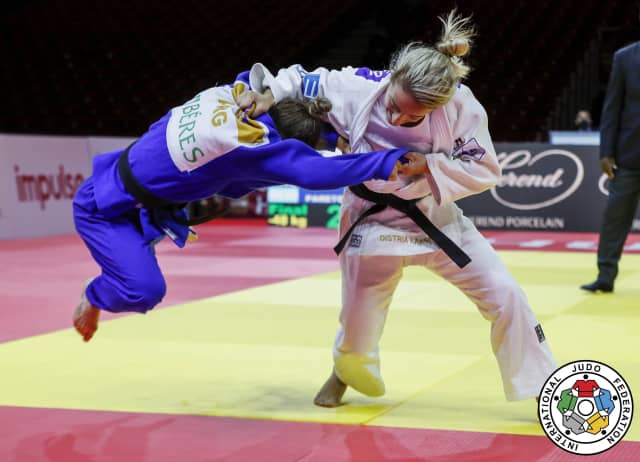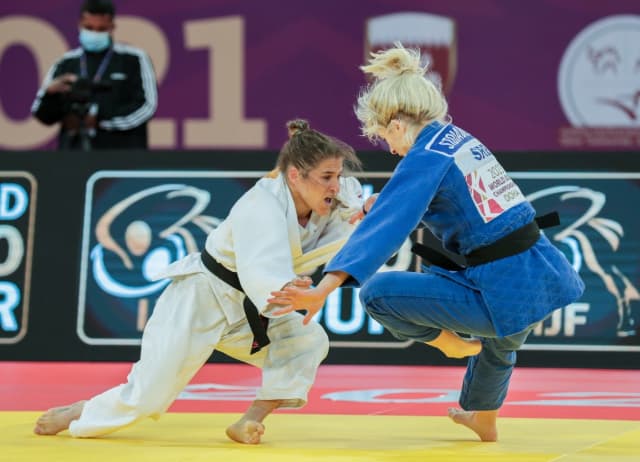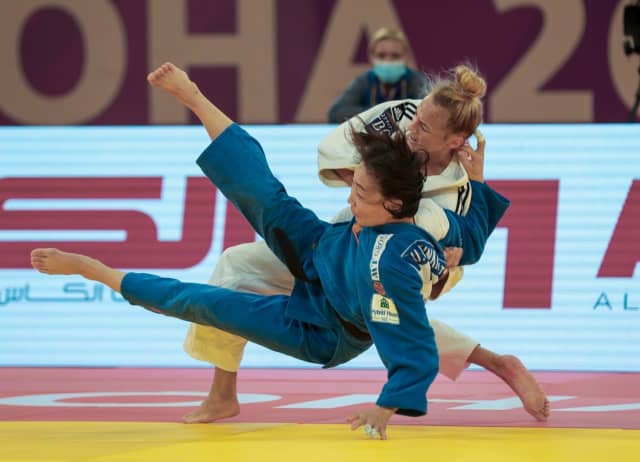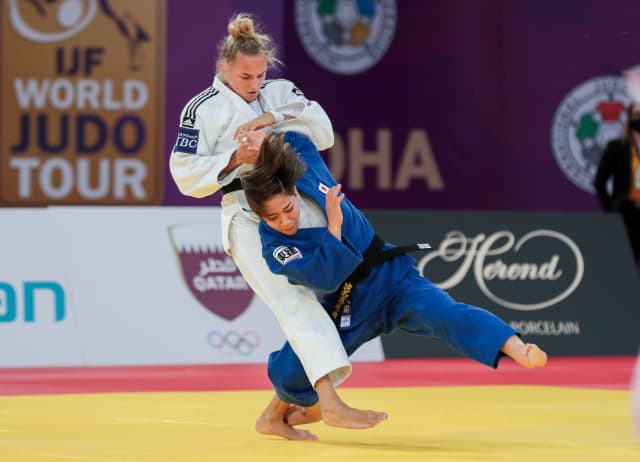With this arid tournament landscape we could forgive our athletes for bringing a rusty game and for seeming nervous like they once did as cadets or even beginners. We could have overthought the whole period and expected to see the complex mix of relief and joy at being back on the tatami, combined with the immense pressure of finally reaching the last few months of this unnaturally long Olympic cycle.
When we breathe gently on our lenses and clean the true spectacles that study and analyse our elite judoka, Doha is showing us that while some individuals might not be bringing the performance they had wanted, the overall impression is unchanged from the World Judo Tour of 2019 and even 2020, with all its turmoil.
If we focus on the -48kg category, with its endless range of styles and energies, we might have expected Krasniqi (KOS), Bilodid (UKR), Tonaki (JPN) to reach the final block, one way or another. Our expectations, though, are not gospel. They are built from history, from feeling and gut, from expertise and technical understanding, but we can’t account for the topsy-turvy year behind us, with its speed bumps in the conveyor belt of tried and tested champion-building.
We watch and we enjoy! We see huge throws and tenacious transition phases. We see clean movement and gymnastic prowess and we see strength in every sense of the word.
Beneath all those things, do we also comprehend what has had to take place in order to deliver them? How creative has judo been, all over the world, to bring its most successful judoka back together, beyond the restrictions and the removal of training partners, still with extraordinary skill, refined footwork and calloused gripping.
We can still distinguish between styles, seeing Bilodid’s customary, frightening top left hand, spanning what feels like the whole width of the contest area to engage with the shoulder of any opponent. We see the wholly recognisable two-sided power from Pareto (ARG), the unemotional, professional intelligence of Tonaki, with her exquisite tsugi-ashi. She is ever-determined to control the centre of the tatami, no matter where the tactics of others try to take her.
Judo’s innovation is not with new techniques or with fresh rule sets in Doha, it is its ability to adapt the preparation in order to achieve the existing objectives. Our national federations, from every continent, have assessed their circumstances, their geography, their new needs and limitations and they have facilitated progress no matter how high the barriers have seemed. Individual athletes have taken responsibility for ensuring their health, fitness and judo sharpness are exactly where they need to be to continue towards their target.
It’s quite magical to feel the satisfaction of knowing that our sport continues to thrive at the highest level, even on the back of so much isolation. Judo is innovative. Judo is dynamic. Judo is adaptable. Judoka are innovative, dynamic, adaptable.
We can be confident that no matter the challenges ahead, they will be submitted by the hearts of judoka everywhere.




